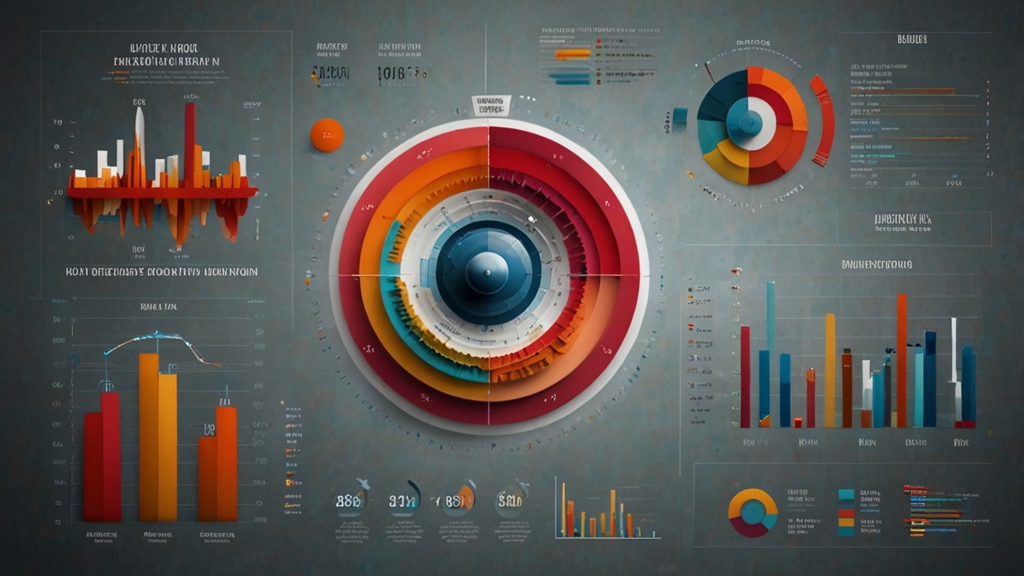The Real-Life Applications of Theories from String Theory
String theory, a prominent theoretical framework in the field of physics, proposes that the fundamental particles we observe are not point-like dots but rather one-dimensional "strings" that vibrate at different frequencies. While string theory is often discussed within the context of unifying quantum mechanics and general relativity, its influence extends beyond theoretical physics. The implications and applications of string theory reach into diverse fields such as materials science, cosmology, and even information technology. This article explores some of the real-life applications of string theory.
Advancements in Material Science
One of the unexpected areas where string theory has had an impact is material science. The theory’s mathematical tools and concepts have been employed to understand and design new materials with unique properties. For example, string theory techniques have been applied to study the properties of graphene, a two-dimensional material comprised of a single layer of carbon atoms. The unique electrical, thermal, and mechanical properties of graphene have immense potential in developing flexible electronics, stronger and lighter materials, and highly efficient batteries.
Furthermore, string theory has also contributed to the understanding of high-temperature superconductors. These materials exhibit zero electrical resistance at temperatures much higher than traditional superconductors and have potential applications in power grids, magnetic resonance imaging (MRI), and maglev trains. Theoretical physicists have used ideas from string theory to explore the phase transitions and critical behaviour of these materials, paving the way for practical innovations.
The practical applications of superconducting materials could revolutionize multiple industries, but understanding their properties requires the sophisticated mathematical framework that string theory provides.
Impacts on Cosmology
In the realm of cosmology, string theory has provided substantial insights into the early universe and the fundamental nature of space-time. One area where string theory has proven influential is in the study of dark matter and dark energy, which constitute approximately 95% of the universe’s total mass-energy content. The mathematical frameworks developed within string theory help cosmologists model these enigmatic components and understand their potential effects on the evolution of the universe.
Moreover, string theory proposes the existence of additional spatial dimensions beyond the familiar three. While these extra dimensions are challenging to detect, they offer intriguing possibilities for explaining various cosmological phenomena. For instance, they might help solve the hierarchy problem related to the weakness of gravity compared to other fundamental forces. Understanding these dimensions could lead to groundbreaking discoveries about the structure of the universe.
Influences on Information Technology
Quantum computing is another field experiencing the influence of string theory. Quantum computers hold the promise of solving complex problems much more efficiently than classical computers. However, designing quantum algorithms and maintaining quantum coherence are significant challenges. Concepts from string theory, specifically those related to quantum entanglement and information theory, have provided new perspectives and potential solutions for these challenges.
String theory's mathematical tools have been used to optimize error-correcting codes necessary for robust quantum computing. By understanding the entanglement patterns and the topological properties of space-time, researchers are devising more effective ways to protect quantum information from decoherence, which is a major hurdle in developing practical quantum computers.
The tantalizing world of quantum computing is not just a dream; string theory’s applications in this realm bring us closer to making quantum computers a viable and transformative technology.
Conclusion
While string theory remains a theoretical framework with many unresolved questions, its applications in various real-life scenarios demonstrate its profound impact beyond theoretical physics. From advancements in material science and cosmology to significant contributions to quantum computing, string theory's mathematical elegance provides valuable insights and tools. As research in this field continues, we can expect even more groundbreaking applications that will shape the future of technology and our understanding of the universe.







